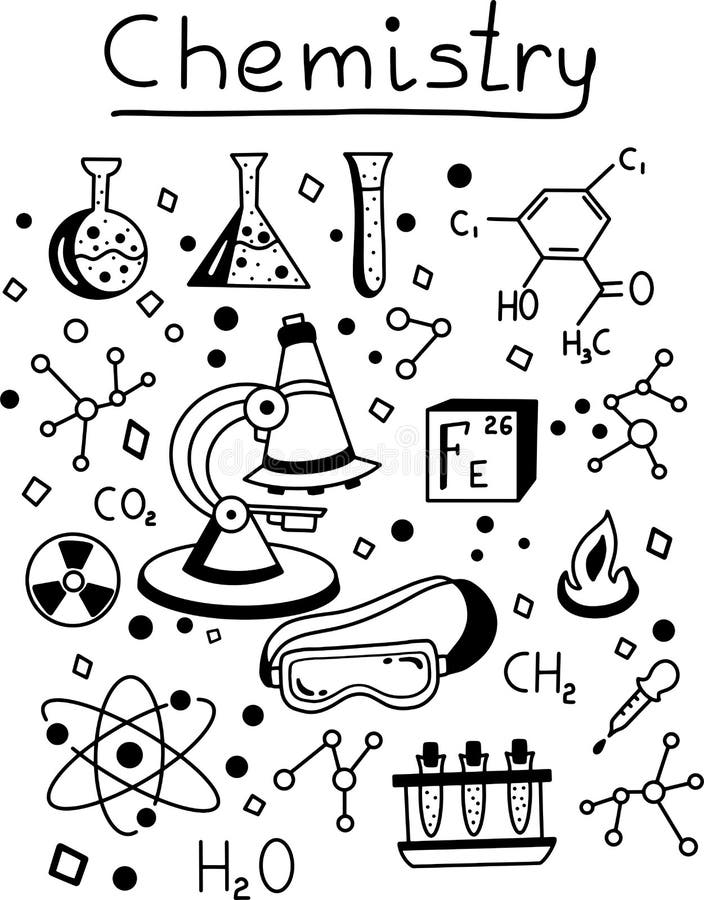
This extends beyond two-dimensional drawings to the included ChemDoodle 3D, where three-dimensional visualisations of molecules can be endlessly customised. Almost anything can be tweaked, from the obvious bond lengths and thicknesses to highly specific parameters such as the preferred placement of double bonds in fused-ring systems, the size and shape of the white-space buffer around atom labels and even the shape of the end of a bond.

Nowhere is that level of control more apparent than in the gargantuan settings menus. This idea is indicative of ChemDoodle’s approach: keeping things simple for the novice while affording the expert as much freedom and control as possible. Keep the cursor inside the circle and the new bond will be placed in the (usually reasonable) recommended position move it outside and the bond can be drawn in any direction with standard length and angle hold down shift or alt and fine control is granted over length or angle, respectively. When clicking and holding to sprout a new bond from an existing atom, a blue circle appears.

Next to catch the eye might well be what the ChemDoodle manual calls the ‘Optimize Zone’ but what users are more likely to think of as ‘that blue circle’.

The antiviral drug sofosbuvir illustrated using the ‘cartoon’ shader in ChemDoodle 3D


 0 kommentar(er)
0 kommentar(er)
